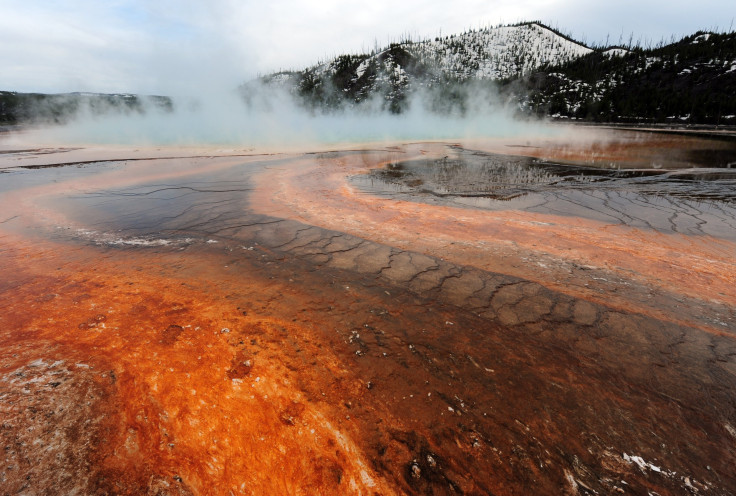USGS Describes Realistic Scenario Of Yellowstone Supervolcano’s Eruption

KEY POINTS
- The USGS realistically describes the effects of Yellowstone's eruption
- A massive eruption would cover surrounding states in lava flows
- Yellowstone could trigger a volcanic winter and decrease global temperatures
The U.S. Geological Survey (USGS) provided a realistic description of what would happen once the Yellowstone Supervolcano erupts. According to the agency, the effects of the eruption would be felt worldwide and could even affect the global climate.
As indicated in geological reports, the previous eruptions caused by the Yellowstone Supervolcano were so massive that they altered the vast regions surrounding it. This is the reason why many scientists believe that once the supervolcano erupts again, it would have the same destructive effects on the country and possibly the world.
According to the USGS, the areas surrounding Yellowstone would experience one of the most destructive effects of its eruption. As noted by the agency, the states around the volcano would be affected by pyroclastic flows, which are characterized by the high-speed movement of lava mixed with ash and volcanic gas.
Other areas in the country, on the other hand, would be covered in ashfall. The intensity of the falling ash would vary depending on the state’s distance from Yellowstone.
“Those parts of the surrounding states of Montana, Idaho, and Wyoming that are closest to Yellowstone would be affected by pyroclastic flows, while other places in the United States would be impacted by falling ash (the amount of ash would decrease with distance from the eruption site),” the USGS stated.
Aside from the U.S., the USGS noted that the effects of Yellowstone’s massive eruption could also affect the entire world. As explained by the agency, a major eruption could alter global temperatures. This will happen if the supervolcano emits enough volcanic ash and other debris into the atmosphere to prevent sunlight from entering.
During such an event, known as a volcanic winter, global temperatures can decrease. The last time this happened was in 1991 when the eruption of Mount Pinatubo in the Philippines cooled the temperature around the world for a span of 2 to 3 years.
“If another large, caldera-forming eruption were to occur at Yellowstone, its effects would be worldwide,” the USGS explained. “Such a giant eruption would have regional effects such as falling ash and short-term (years to decades) changes to global climate.”
© Copyright IBTimes 2025. All rights reserved.





















